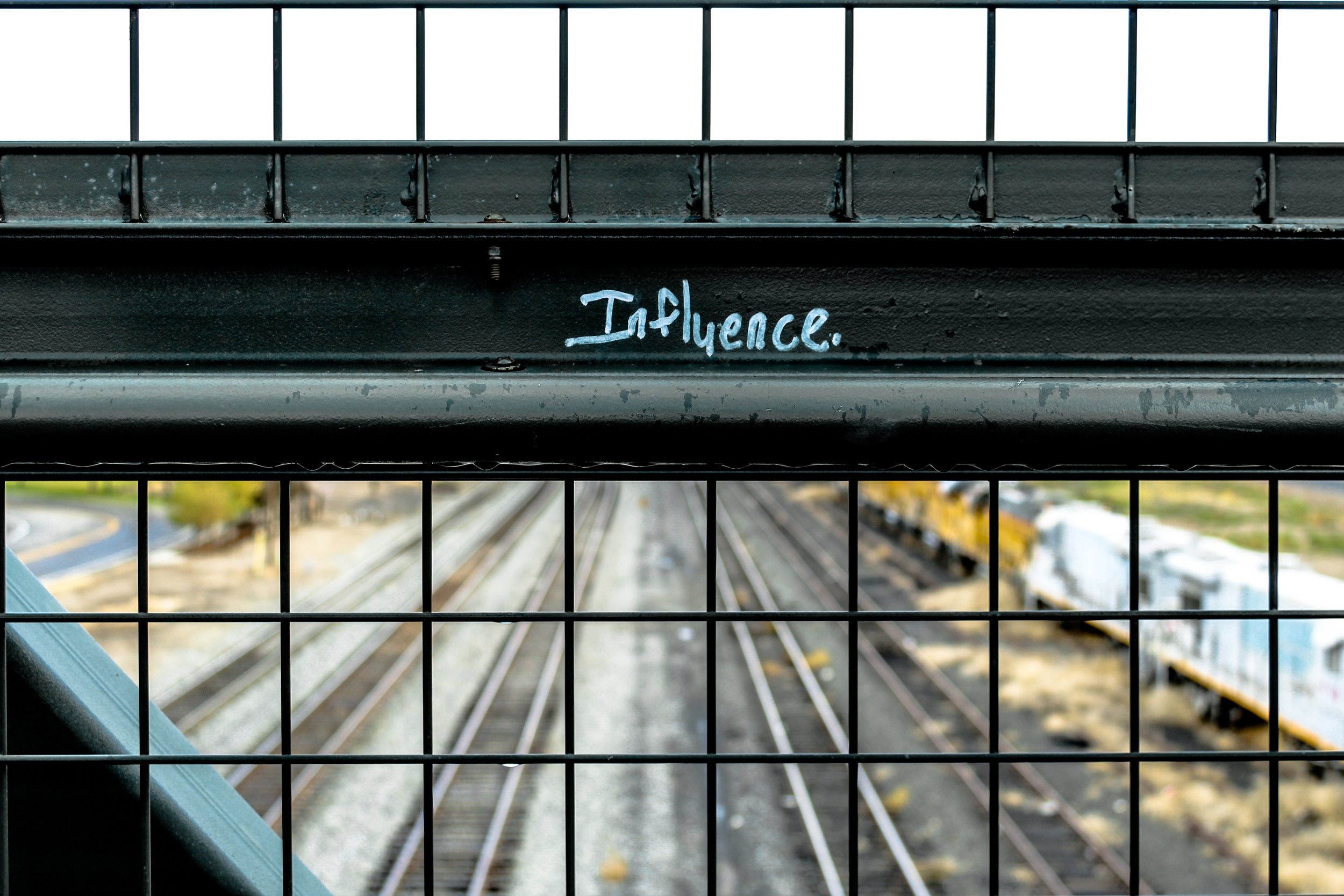Barriers to Craft Thinking
Photo by Elijah Macleod
Craftsmanship—to live a life and perform work with craft—is the struggle for individual agency in a world telling us to fit in. It is the fullest expression of our selves as human beings–our fullest bloom. More than finding a calling, it is about understanding how to fully utilize ourselves and our unique ability to solve problems of every kind. Now, more than ever, we need to enable and nurture greater ingenuity in individuals, at work, and in society.
Speaking with both master craftsmen and leaders highlighted three main barriers that hinder the potential of developing craft. First, we are biologically wired to be afraid of uncertainty. In order to survive, we consider everything unexpected a threat.
Second, the structures of formal education, advancing technology, and limitless expansion of global corporations stand between us and the craftsman’s mind. The values within these structures emphasize efficiency, mechanization, standardization, and automation—enabling powerful forces that drive production, convenience, and reliability. They seek the ‘right answer’ to a prescribed question. The inertia behind these values drives towards homogenization. These systems enhance our lives. They allow us to do more than any one of us could do alone. And, they also block. With convenience, we have less need to master “feeling, judgment, sense, proportion, balance, and appropriateness.” We don’t even see it happening. Slowly we lose the capacity to troubleshoot the machines that support us. Process replaces feel; rules replace judgment; policy replaces our need to think critically. When ambiguous questions arise, we have less practice with the struggle of finding solutions. In the name of stability and convenience, we lose the opportunity to engage our craft. Robert Sokolowsky explains this in his 1978 book Presence and Absence:
People often try to substitute criteria for the activity of distinguishing essentials and accidentals. An essay may be judged to be good because of the journal in which it is published; a painting or building is praised because it costs a lot of money; an achievement is deemed good because certain people say it is. The use of criteria is an evasion of the responsibility to think. We must rely on criteria in many areas because we cannot become expert in everything, but if we have any responsibility for making a judgment in a particular domain, if our evaluation and decision make a difference, we are obliged to know enough about the matter, and to take sufficient pains to let the essentials of the issue assert themselves in our minds.
A third barrier that hinders us is that we accept artificial replacements for actual experiences. We seek templates and prototypes versus gaining direct involvement with the problems we are trying to solve. We give up proximity to the particulars in favor of distance and simplification. Our brains are easy to trick. Scientists and food companies experiment with “phantom aromas,” in which a smell deceives the brain into manufacturing a taste.[vi] In the words of writer Marcel Proust, [our] “destination is no longer a place, rather a new way of seeing.” Almost one hundred years later, virtual experiences are starting to replace real ones. Our memory and imagination get confused with actual events the more we think about them. We even mourn the loss of entertainment characters as if they were real people. When the main character of a TV show does, fans take to social media to express their shock, outrage, and sadness. The death is more than a plot twist: it is a personal affront. We need to remind ourselves to engage with the actual substance of a problem, not just a model.
This is not to suggest that embodying craft in your daily work is easy. Maybe you find a leader whose style or work sets a certain standard you hope to achieve one day. Learning from seasoned practitioners, whether they are master craftsmen or executives, is incredibly hard. It is hard to find language to describe the capabilities we take for granted. The path to mastery cannot be copied, but it can be understood.
Thinking like a craftsman requires unique, individual expression, that adds value, relative to other people. Many organizations want people to be unique and to add value because they want to be unique and add value. It is a competitive advantage. Otherwise, you can’t be distinguished in the marketplace and the difference is about price. Uniqueness is difficult to attain in a climate where organizations are so hard to distinguish from one another.
This post is part of a series #LookToCraftsmen set for publication in 2019.

